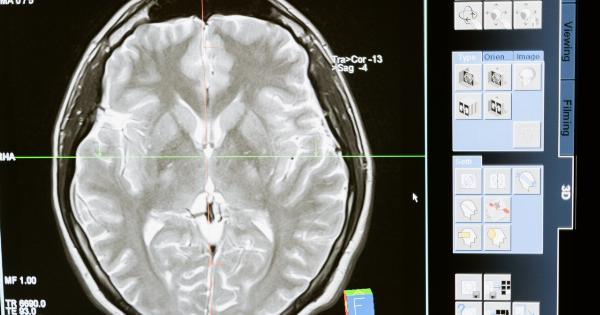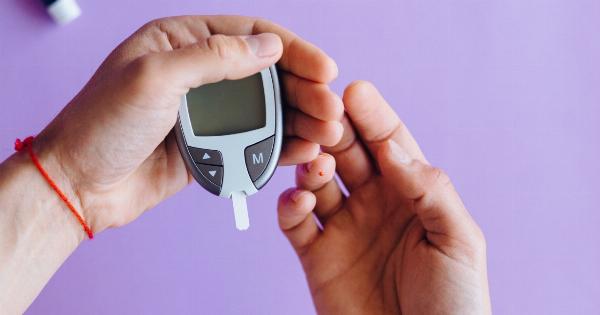If you have been struggling to lose belly fat despite various diet and exercise attempts, you are not alone.
Belly fat can be stubborn and hard to get rid of, but understanding the reasons behind its persistence can help you make the necessary changes to finally achieve your desired results. Here are five common reasons why your belly fat may be sticking around:.
1. Poor Diet Choices
One of the primary reasons why belly fat tends to linger is due to poor diet choices. Consuming a diet high in processed foods, refined sugars, and unhealthy fats can contribute to weight gain and an increase in belly fat.
These types of foods are often calorie-dense and provide little nutritional value, leading to excess fat storage.
2. Lack of Physical Activity
A sedentary lifestyle and lack of physical activity can significantly impact the accumulation of belly fat. Regular exercise helps boost metabolism, burn calories, and promote overall fat loss, including belly fat.
Incorporating cardiovascular exercises, such as brisk walking or jogging, along with strength training can be effective in reducing belly fat.
3. Hormonal Imbalances
Hormonal imbalances, especially in women, can contribute to the persistence of belly fat. Imbalances in hormones like estrogen, insulin, and cortisol can lead to increased fat storage in the abdominal area.
Conditions such as polycystic ovary syndrome (PCOS) and menopause can further exacerbate hormonal imbalances, making it more challenging to lose belly fat.
4. Chronic Stress
Chronic stress not only affects your mental well-being but can also impact your physical health, including the accumulation of belly fat. When you are under stress, your body releases cortisol, also known as the stress hormone.
Elevated cortisol levels can lead to increased appetite, cravings for unhealthy food, and fat storage, particularly in the abdominal region.
5. Lack of Sleep
Getting an adequate amount of quality sleep is crucial for maintaining a healthy weight and reducing belly fat.
Poor sleep habits, such as not getting enough sleep or experiencing frequent disruptions, can disrupt your body’s hormones and metabolism. This disruption can lead to an increase in hunger hormones, decreased insulin sensitivity, and ultimately, weight gain, specifically around the belly area.
To successfully combat belly fat, it is essential to address these underlying factors. Here are a few strategies you can implement:.
1. Clean Up Your Diet
Focus on consuming a well-balanced diet consisting of whole foods, lean proteins, fiber, and healthy fats. Minimize your intake of processed foods, sugary drinks, and fried foods.
Incorporate more fruits, vegetables, whole grains, and lean meats into your meals.
2. Incorporate Physical Activity
Make exercise a priority by engaging in activities that elevate your heart rate and improve your overall fitness. Aim for at least 150 minutes of moderate-intensity aerobic exercise or 75 minutes of vigorous-intensity aerobic exercise per week.
Additionally, include strength training exercises to build lean muscle mass, which can help boost your metabolism.
3. Manage Stress Levels
Implement stress management techniques such as meditation, deep breathing exercises, or engaging in activities you enjoy. Prioritize self-care and make time for relaxation to help reduce cortisol levels and prevent emotional eating.
4. Prioritize Sleep
Establish a regular sleep schedule and aim for 7-9 hours of quality sleep each night. Create a relaxing bedtime routine, limit screen time before bed, and create a sleep-friendly environment to promote restful sleep.
5. Seek Professional Help
If you have tried various methods without success, it may be beneficial to consult with a healthcare professional, nutritionist, or personal trainer.
They can provide personalized guidance, tailor a diet and exercise plan to your specific needs, and address any underlying medical conditions that may be hindering your progress.
By addressing these reasons and implementing the recommended strategies, you can finally overcome the challenges of belly fat and achieve a healthier, slimmer midsection.































